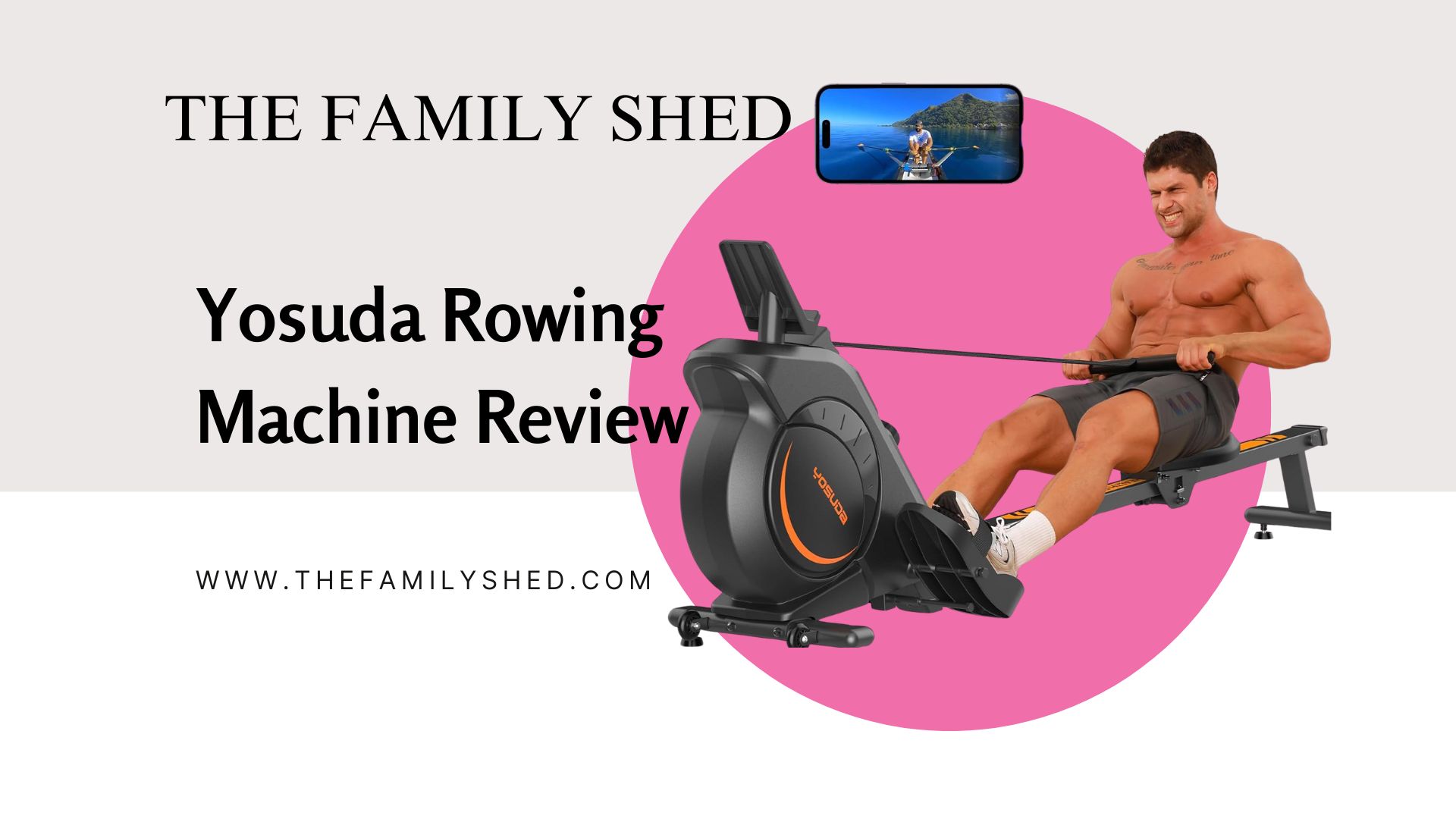Being pregnant is a lot of work. As an expecting mother, you are responsible for taking care of yourself and your unborn baby during the whole 9 months period up until you have a safe delivery.

However, giving birth isn’t the end of the pregnancy process. While pregnant, your body has gone through many changes to accommodate the new life in you. After delivery, your body starts to change again. These postnatal changes may be very overwhelming for new mothers, mainly as not all of the changes deal with physical but also have mental and emotional effects.
As a new mother, it is encouraged to constantly check yourself for recent changes post-delivery and to properly communicate with your partner or other relatives when you feel overwhelmed.
Postpartum status of new mothers with essential self-care guides.
Usually, about 6 weeks after birth, new mothers often face “Postnatal conditions.” This is when the body is adjusting back to what it was pre-pregnancy. A few of the notable changes include:
- Vaginal Discharge: After delivery, your body tries to remove all the blood and tissue left inside your uterus. The excretion is usually liquid and heavy for the first few days, after which it becomes lighter. During this period, try to change your sanitary pads frequently. This discharge usually lasts for a few weeks or a few months.
- Hair loss: Many women record significant hair loss after giving birth. In fact, this is one of the most common body changes after childbirth. It is entirely normal and shouldn’t be taken seriously. Do not feel overwhelmed if your once long and thick hair looks short and thin.
- Breast engorgement: This refers to when your breast feels tight and swollen. After childbirth, many new mothers often have breasts that are hard, tight, painful, and perhaps trembling. This is because your breasts are now filled with milk. Once you start breastfeeding, the discomfort will reduce significantly. Also, try massaging your nipples while alternating with feeding the baby frequently.
- Abdominal skin and stretch marks around the waist are considered postnatal conditions that all new mothers have to face. This is because the size of the skin in such areas has expanded during pregnancy and childbirth. However, not to worry, as there are skin creams that may be used to help get rid of the stretch marks.
- Urinary incontinence: During childbirth, a woman’s pelvis expands, and it takes at least 3 weeks to return to normal. Therefore, there may be some problems with urinary incontinence, which is a lack of bladder control. This is also common, and you are encouraged to engage in Kegels (bladder strengthening exercises, pelvic floor therapy and to wear tampons or diapers throughout the postpartum period.
- Postpartum Depression: As earlier said, not all postnatal conditions are physical. Postpartum depression is a psychological condition that occurs after childbirth. It causes a lot of hormonal changes making you feel many emotions simultaneously. You may feel anxious, sad, irritable, hopeless, and have constant mood swings.
Some of these feelings are normal and manageable. However, if the symptoms are very severe, you should consult a psychiatrist immediately.
The role of the partner and relatives in helping new mothers handle post natal conditions.
What new mothers face with postnatal conditions is difficult. For this reason, their partners have an essential role to play in helping take care of new mothers both physically and mentally.
Many of the symptoms may go unnoticed by the women due to how tired and overwhelmed they feel. Hence, their partners should always make a mental check for changes in the mother’s body or mental state.
Everyone has to play their part in ensuring that the child is brought up in a healthy home. The family shouldn’t be quick to judge the mother or expect so much from her. They should be willing to constantly lend a helping hand and relieve her from the pressure of taking care of a newborn.





